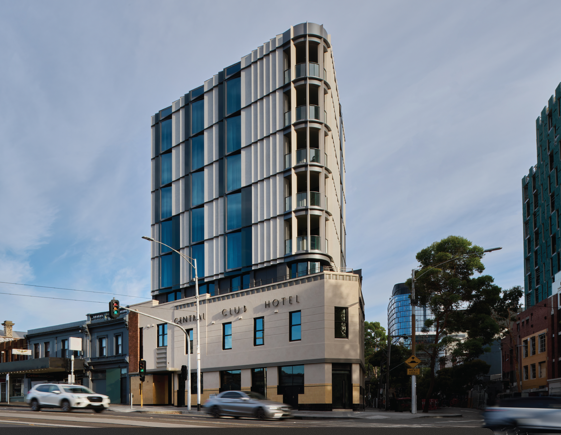
Read time: 29 minutes
All buildings should provide a durable enclosure, thermally comfortable interior, good indoor air quality and energy-efficient operation. These measures can largely be met through an airtight building envelope with adequate controlled ventilation and continuous insulation to address thermal bridging. This fundamental approach represents a step-change in how most Australian buildings – of all types – are currently designed and constructed.
This note provides strategies to reduce thermal bridging within a building’s structure and achieve a high-quality airtight envelope. The note also considers the critical synergies between airtightness and effective ventilation for optimal indoor environment quality.
This note updates and replaces Environment Issue 03 October 2021 Airtightness and thermal bridging in buildings, to reflect the minor commercial energy efficiency changes introduced into NCC 2022. Transition arrangements apply in some states and territories where NCC 2019 Section J clauses can still be used beyond the NCC 2022 adoption date of 1 May 2023. Refer to your jurisdiction’s building authority for the relevant state and territory adoption dates.
Key words: Airtightness, condensation, controlled ventilation, insulation, thermal bridging.
